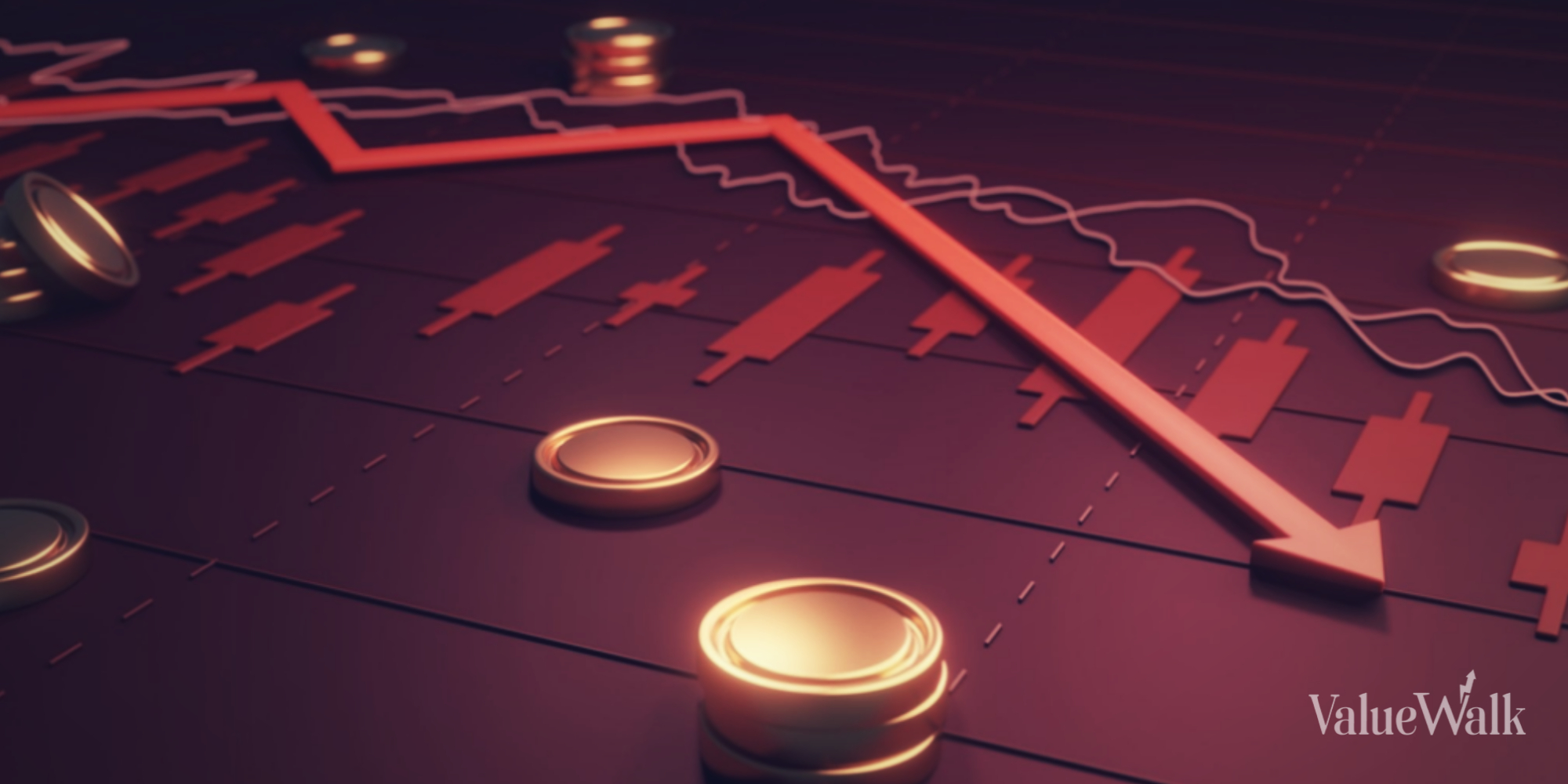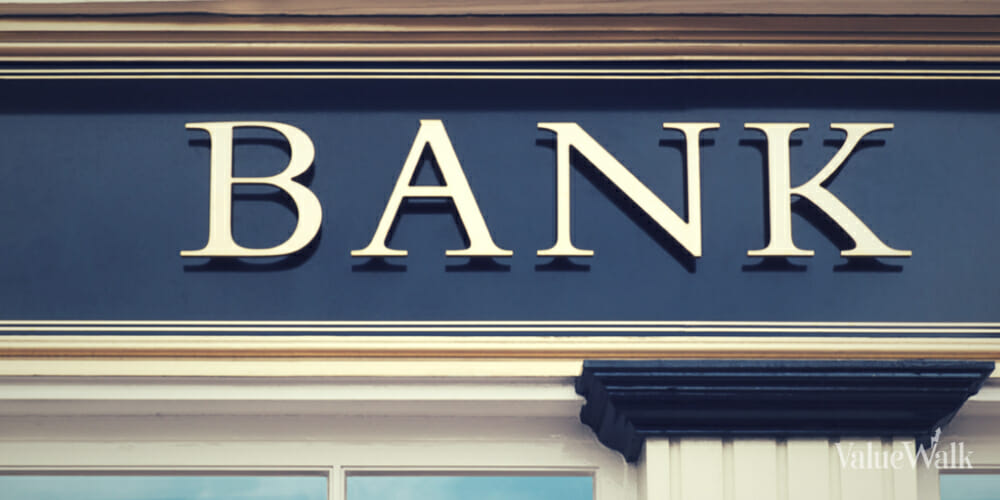BY JOHN MAULDIN
New Year’s forecasting is a traditional theme at this time of year for Outside the Box. So let’s take a look across the pond and see what Ambrose Evans-Pritchard of the London Telegraph thinks about our prospects for 2017.
Ambrose is less optimistic about 2017 than I am in my forecast. His title pretty much says it all: “Trump, interest rates and Chinese panic: Why euphoria could turn to a credit crunch in 2017.” It seems that his view back across the pond at us has him seriously squinting.
Let’s see why he’s so pessimistic about our chances this year.
Trump, Interest Rates and Chinese Panic: Why Euphoria Could Turn to a Credit Crunch in 2017
By Ambrose Evans-Pritchard
The Trump effect is to accelerate capital outflows from China, increasing the risk of a painful reckoning this year.
Donald Trump’s reflation rally will short-circuit. Rising borrowing costs will blow fuses across the world before fiscal stimulus arrives, if it in fact arrives.
By the end of 2017 it will be clear that nothing has changed for the better. Powerful deflationary forces retain an invisible grip over the global economy. Bond yields will ratchet up further and then come clattering down again – ultimately driving 10-year US yields below zero before the decade is over.
There are few ‘shovel ready’ projects for Trump’s infrastructure blitz. The headline figures are imaginary. His plan will be whittled down by Congress.
The House will pass tax cuts for the rich but these are regressive, with a low fiscal multiplier. The choice of an anti-deficit Ayatollah to head the budget office implies swingeing cuts to federal spending. These will hit the poor, with a high multiplier.
This Gatsby mix is mostly self-defeating in economic terms. To the extent that there is any extra juice, it will be countered by the Fed at this late stage of the cycle. Tight money will push the dollar higher.
Once markets accept that Trump is not bluffing – that he really does intend to smash globalism – euphoria will give way to alarm. For now Wall Street remains drunk on wishful thinking. The longer the delusion lasts, the stronger the dollar, and the greater the trouble in Asia and Latin America.

The broad dollar index threatens to reach all time-highs in 2017, hammering vulnerable regions of the world. Credit: St Louis Federal Reserve
Such is the currency paradox. As the Fed’s broad dollar index pushes towards an all-time high of 130, the mechanical effects will expose the Achilles Heel of an international system that has never been more dollarized – and never been more sensitive to US interest rates since the end of the Bretton Woods era.
King dollar will tighten the noose on emerging market debtors with $3.5 trillion of liabilities in US currency. It will force banks in Europe – through complex hedging contracts – to curtail offshore lending to the Pacific Rim, Turkey, Russia, Brazil, and South Africa. It will lead to a credit crunch in the developing world.
China moves to a different rhythm but it cannot hide from higher US rates. The imported squeeze will come just as the latest 18-month boomlet rolls over, a form of pro-cyclical tightening on a Chinese economy that has already reached credit exhaustion.
It is whispered – and always denied – that the US agreed last February in Shanghai to delay rate rises, buying time for the People’s Bank to calm the yuan panic. The Fed retreat worked like a charm. Markets did indeed stop worrying about China. Global bourses rebounded.
Next time – and it is coming soon – there will be no such accord. The Trumpians want China to blow up, thinking they can handle the blow-back. They can’t.
Draconian controls by the People’s Bank will not be enough to stem capital flight. Nor will reserve losses blowing past $100bn a month in January. The nuclear risk through 2017 is that Beijing’s ‘weak yuan’ mandarins will prevail. If they let the exchange rate go completely, the Asian currency storm that must inevitably follow will unleash a deflationary tsunami through the world. I think China will hold the line, but don’t bet on it.
China’s slowdown will kill the commodity rally stone dead. Saudi Arabia and Russia will find that output cuts agreed in Vienna are not enough to clear the oil glut this year, pushing off the desperately-awaited rebalancing into the distant future. Neither country can handle the implications of this. Riyadh will buckle before Moscow.
My New Year’s piece last year spoke of sunlit uplands: “The economic sweet spot of 2016 before the reflation storm.” I hoped the treacherous moment could be deferred until 2017. Unfortunately we are now almost there.
The tailwinds of global recovery are fading whatever equities purport to tell us. JP Morgan’s ‘Nowcast’ measure of world growth was been slipping quietly for the last six weeks and is now down to an anemic 2.6pc, even before the China’s credit curbs kick in and the Asian slowdown becomes obvious.
We have already enjoyed the $2 trillion consumer windfall of cheaper oil. Europe has already enjoyed austerity relief. The European Central Bank has already played its cards. On a flow basis the ECB will soon be tapering, and therefore tightening.
Yields on Italian debt will climb well above the growth rate of nominal GDP – the fatal threshold – as markets anticipate the loss of the ECB shield. This means attrition on €400bn of sovereign paper held by banks, eroding capital buffers. Rome’s €20bn fund for bank rescues will run dry within months, and the political costs of a second bail-out will be much higher.
It will become clear again that Euroland has resolved nothing. The fatal pathologies – lack of fiscal union, lack of a banking union beyond the name, the one-side adjustment imposed on the South, Germany’s unpunished current account surplus – have merely been veiled by QE and the Draghi Put.
None of the elections in Holland, France, or Italy will bring an anti-euro government to power, but they will come close enough to rattle nerves and drive the euro below dollar parity.
The parliamentary balance of power will shift, greatly weakening the ideological lockhold of the Maastricht elites and free movement purists. Alternative fur Deutschland will make it into the Bundestag. The centre-Right will harden everywhere to stop leakage to the populist fronts.
Brexit Britain will no longer stick out in quite the same way. It may even start to look like a liberal haven set against Europe’s unanswered rage, and this will change the narrative. The threads will become confused, the pieties of Remain less certain, the Scottish temptation a little less alluring.
The UK economy will not perform any better than the eurozone in 2017, but it will not do any worse either, and those who talk of ‘punishing’ Britain in EU capitals will discover the asymmetry of political risk. The British can perhaps fall back on the Dunkirk spirit. Brussels can fall back on nothing.
The next global downturn will come before the G4 central banks have been able to replenish their ammunition, while the bar on New Deals or budgetary largesse is dauntingly high. World debt ratios are already 35 percentage points of GDP higher today than they were at the top of the last cycle in 2008. Emerging markets cannot come to the rescue as they did after the Lehman crash. They too are now mortgaged, and psychologically battered.
As polities fray, those nation states with an organic cultural unity and strong allegiance to sovereign institutions will fare best. Utopian constructions and brittle dictatorships have less margin.
Will we make it through 2017 before the reckoning hits? Probably, by the skin of our teeth.
Happy New Year.





